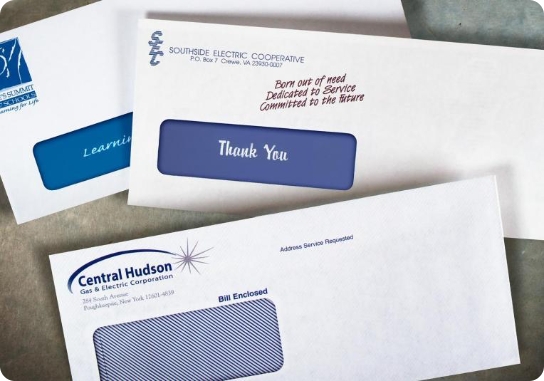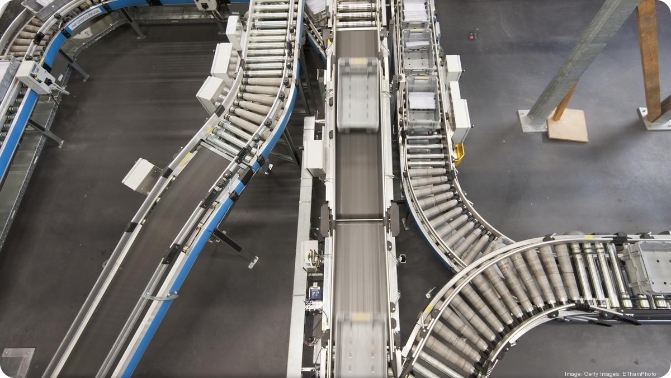
Direct Mail & Printed Products
Catch your recipient’s attention with an expertly crafted direct mailpiece. Tension’s eye-catching direct mail envelopes and printed products are available in a variety of papers, inks and styles.

Transactional Envelopes
Make a statement with your billing and other transactional mailpieces. Tension’s custom business envelopes can help you deliver your bills, invoices, statements or fundraising appeal that inform and engage your customers.

PACKAGING & AUTOMATION
Tension Automation Delivers Packaging Solutions on a Promise.
We get it. Expectations are high. Tension Packaging & Automation demands excellence when developing protective packaging solutions. You’ll experience optimal, reliable, and repeatable performance with our TEN Tuff packaging materials. Created by some the most tenacious and tough-minded people in the industry, they naturally developed products to be proud of … and products that fit their style.
ENVELOPE KNOW-HOW
An Envelope is a Statement
And whether it’s a billing statement or a direct mailpiece, we ensure each envelope is crafted with our unwavering commitment to quality, innovation and excellence.
![]() Watch: How an Envelope is Made
Watch: How an Envelope is Made
Our Envelope Know How section is your reference point to learn about everything-envelope from size specifications to printing to production in our How an Envelope is Made video.


Our Reach
Tension is headquartered in Kansas City, Mo. with coverage throughout the US.
Our China and Taiwan locations make Tension one of the only US envelope manufacturers with an international presence.
Our Most Popular Products
-

What You Should Know About In-House Inkjet vs Laser Printing
Work with your print partner to get the most out of your in-house printer.
-

Using Good Data to Drive Good Campaigns
As both a parent and a 20-plus-year direct marketing professional in higher education, I understand the importance of sustaining our educational communities through fundraising campaigns. The landscape has changed since…
-

Tension Aligns with BlueRidge Data for Enhanced Data Matching
Gift Lift™ Facilitates Nonprofits’ Matching Gift Opportunities Kansas City, Mo. – Tension Corporation, a leader in nonprofit and higher education direct mail, has named BlueRidge Data as its data provider…






